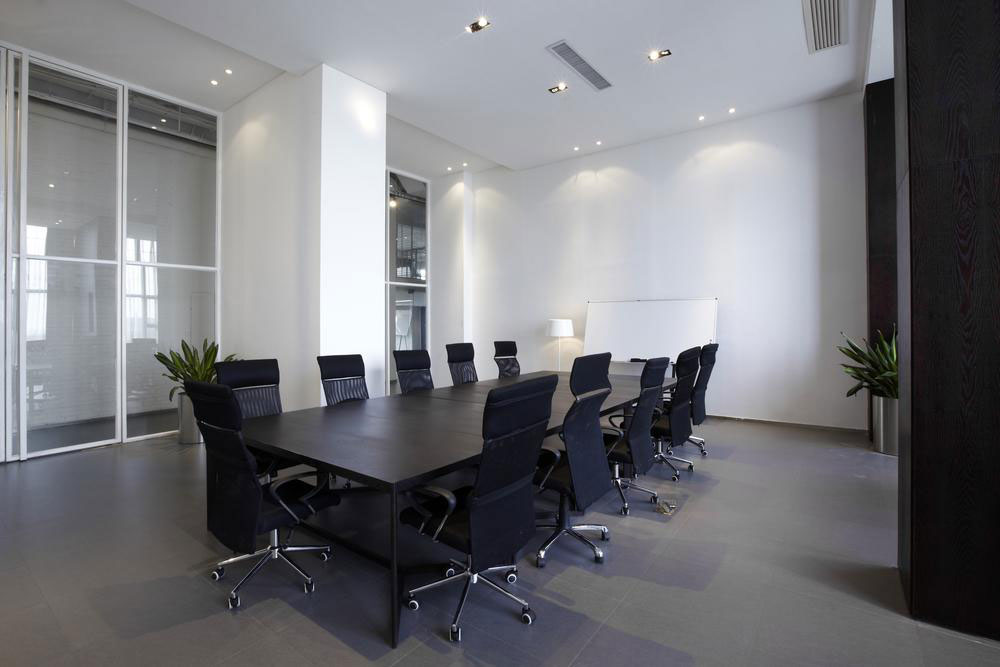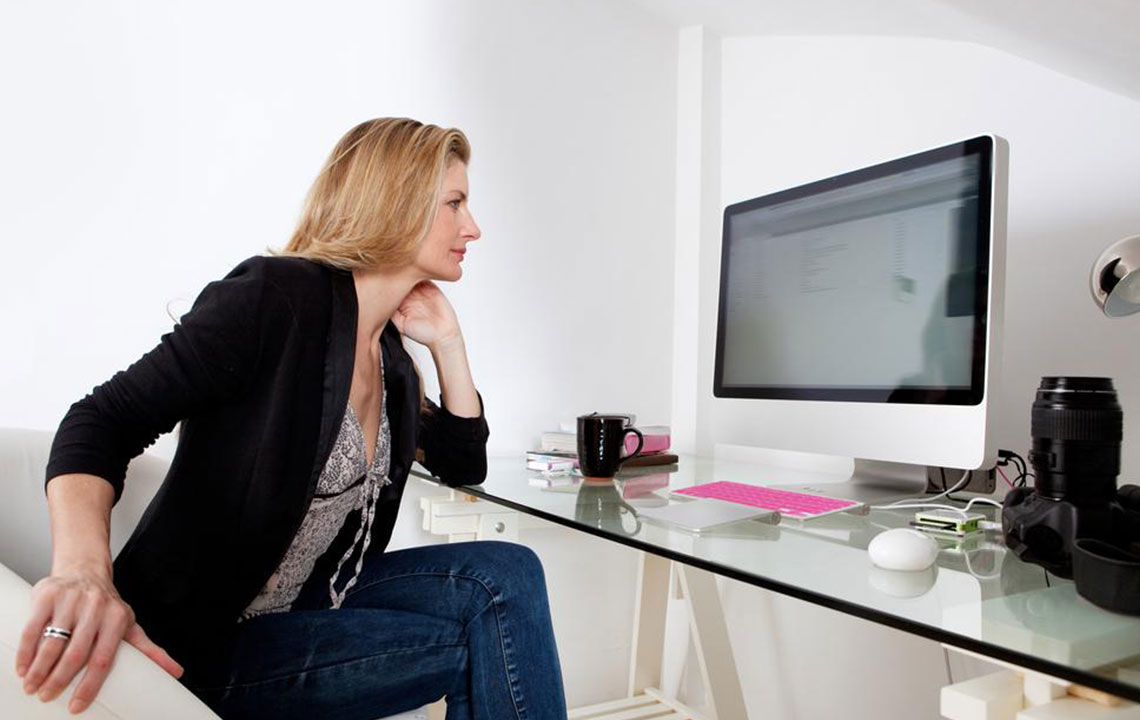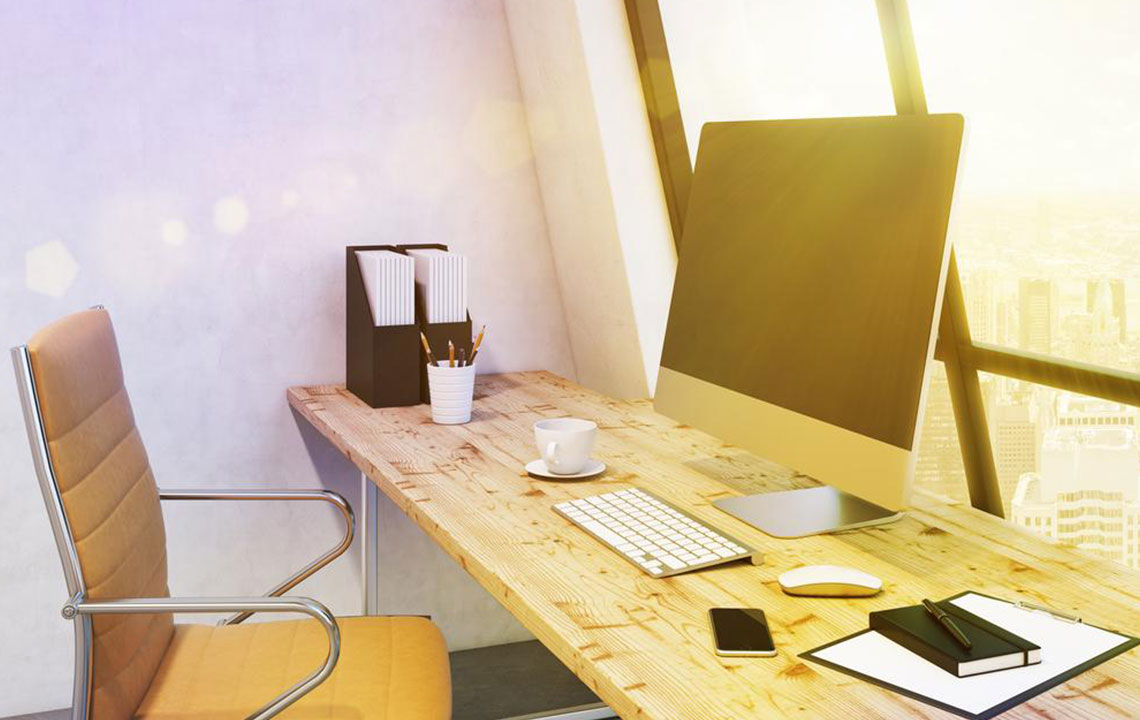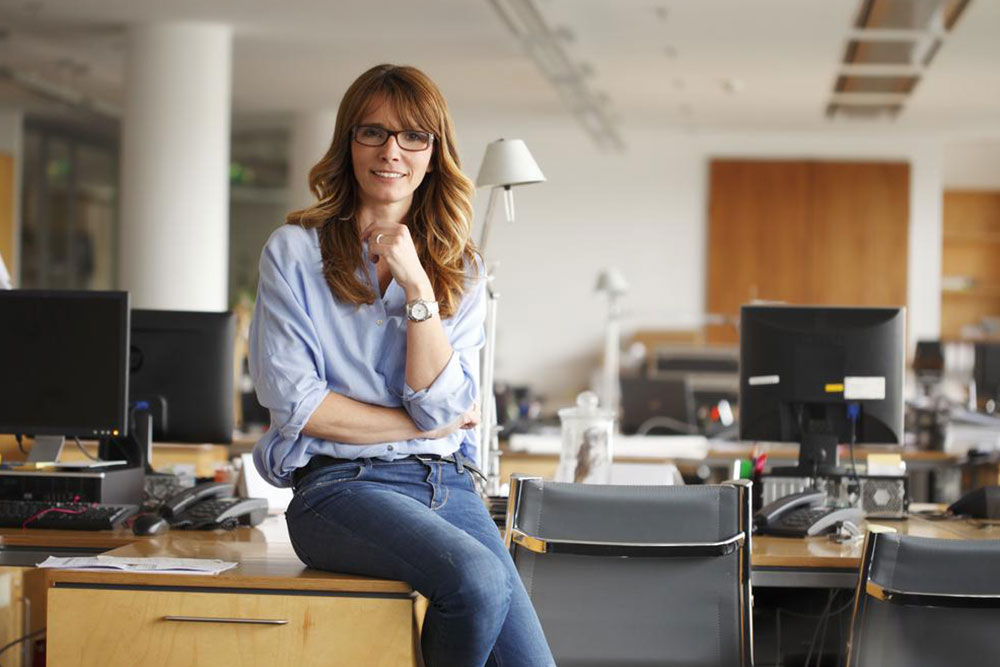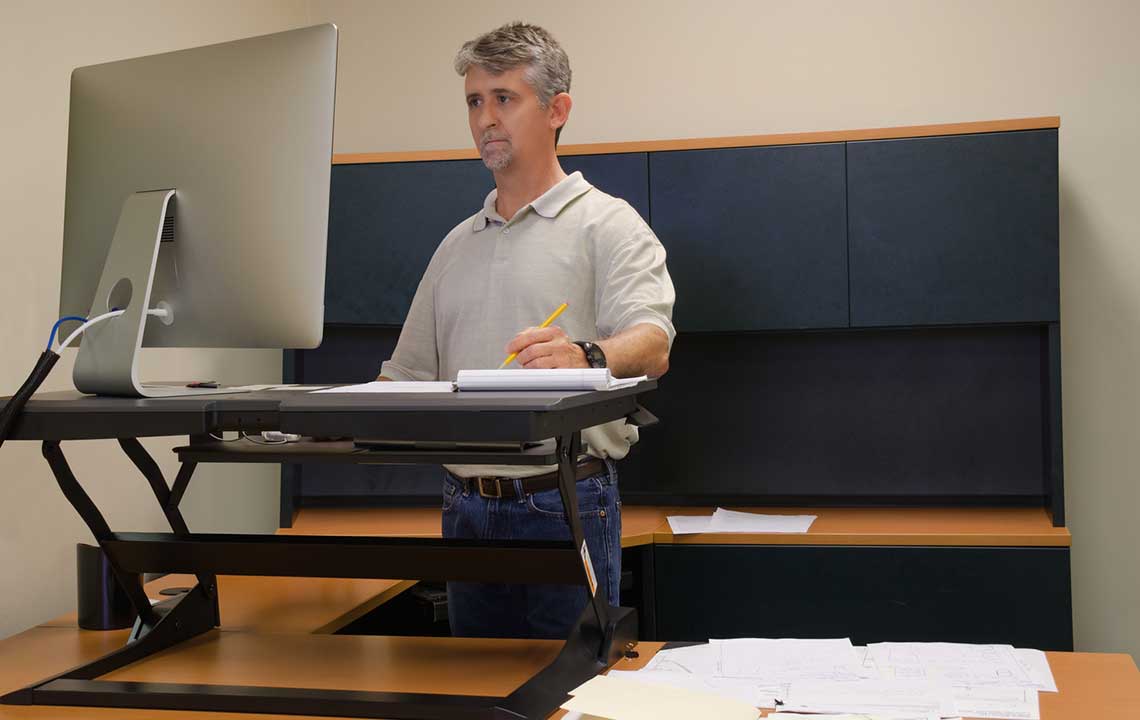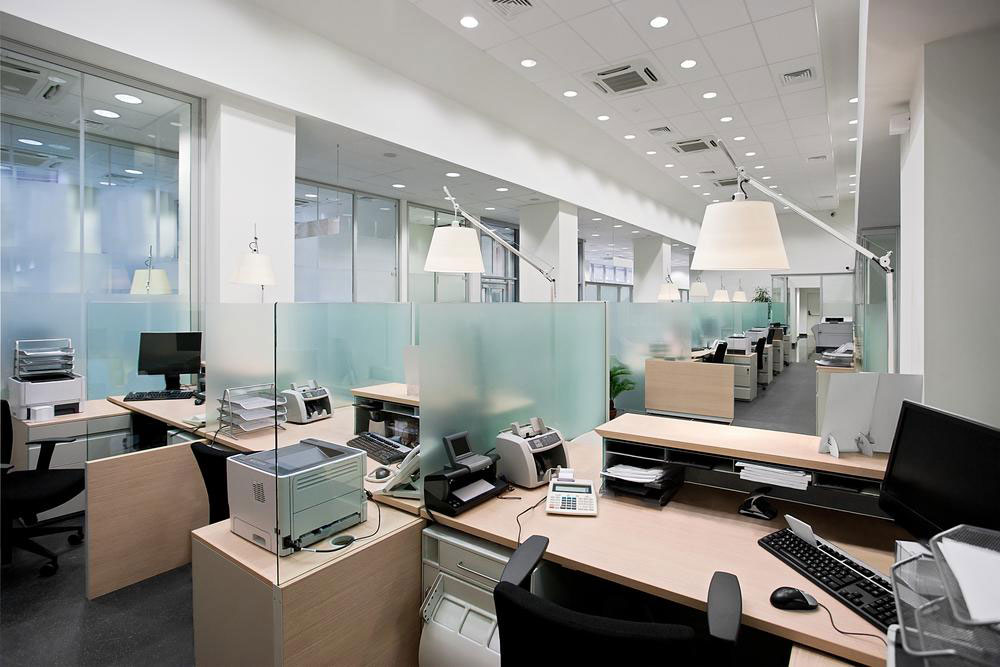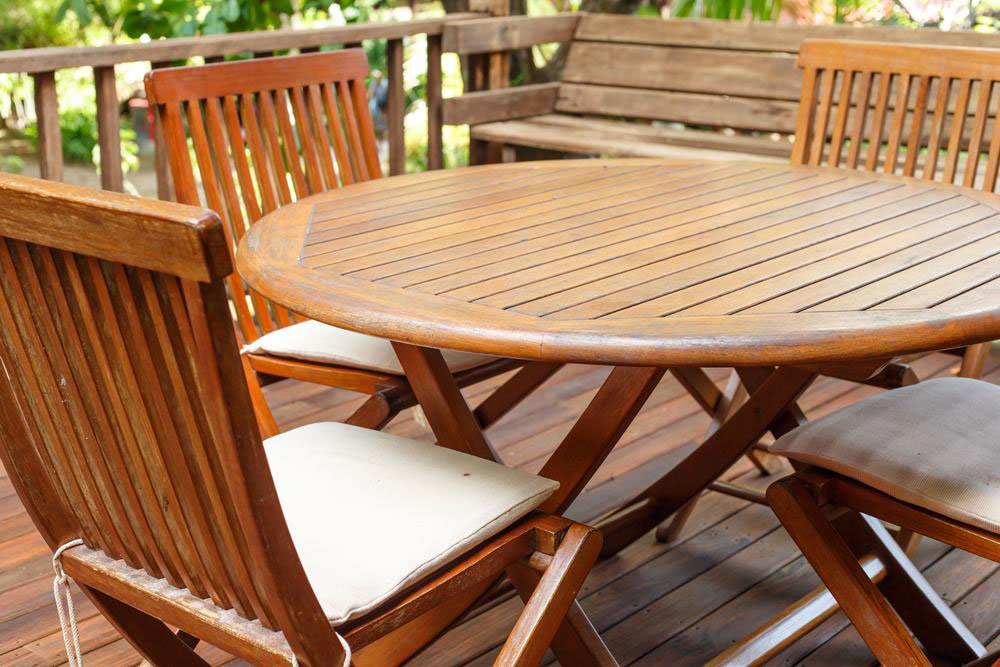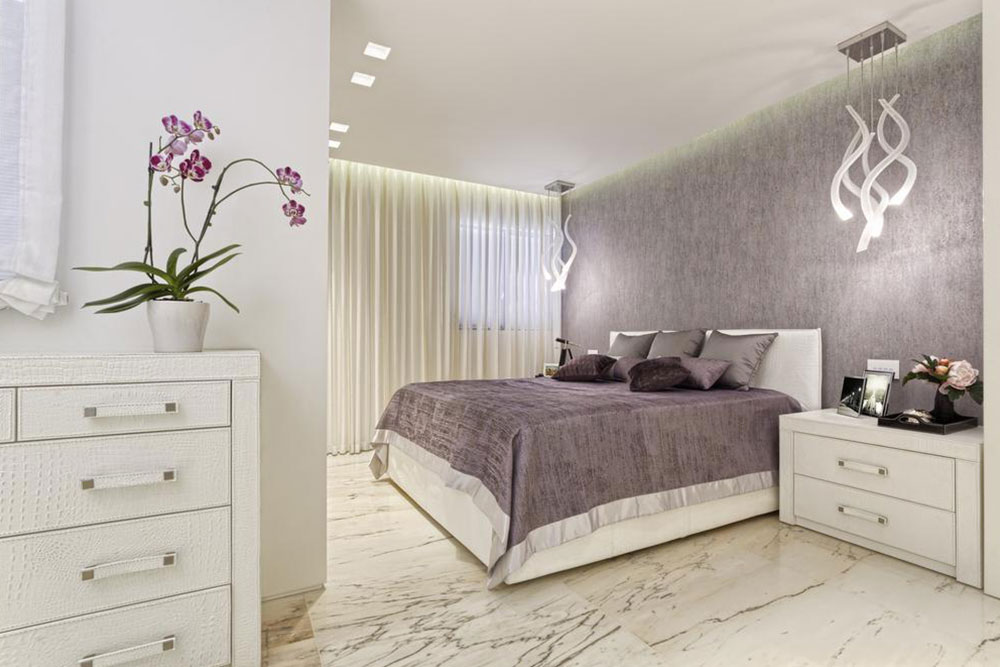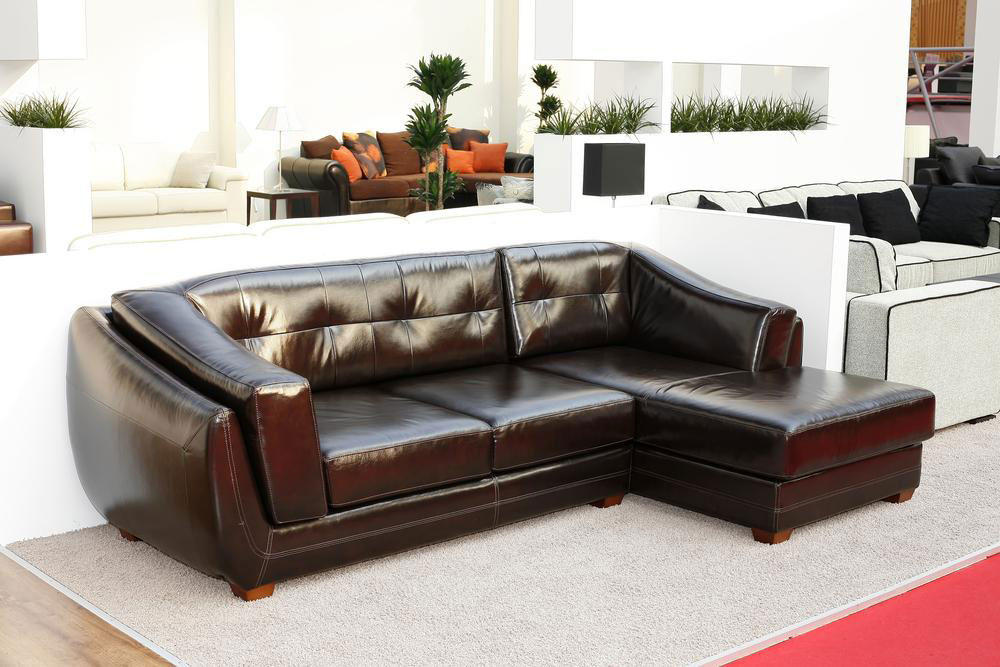Historical Development of Desk Furniture: From Past to Present
Discover the rich history and evolution of desk furniture, from antique masterpieces to modern designs. Learn how technological advances shaped desk types like typewriter and student desks, highlighting their importance in both homes and workplaces. Explore how furniture design reflects cultural shifts and technological progress, emphasizing the enduring utility and style of desk furniture through the ages.
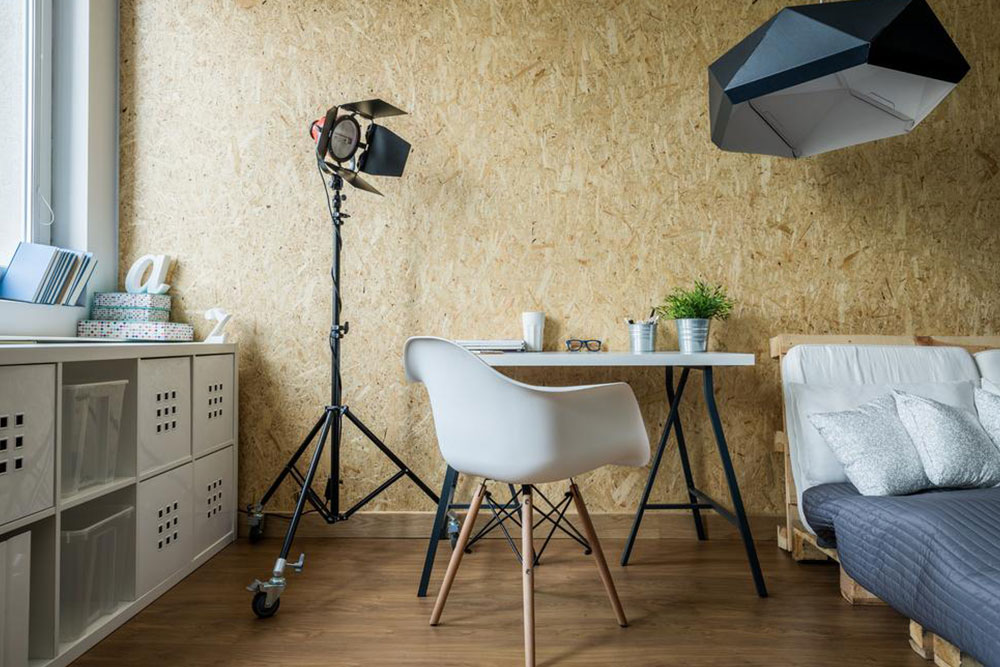
The Evolution of Desk Furniture Through Time
Furniture plays a crucial role in every home and office, combining aesthetics with functionality. Materials such as wood, plastic, and metal are common choices. Hardwood furniture—crafted from birch, teak, or maple—is prized for its durability and higher cost. Furniture is broadly categorized into Modern and Antique styles.
Modern vs. Antique
Modern furniture, influenced by the post-World War II era, has been prevalent since the 19th century, emphasizing simplicity and utility. Antique furniture predates WWII, showcasing intricate designs reflective of their era, often valued highly for their rarity and craftsmanship.
Furniture's appeal stems from its blend of practicality and style, ranging from dark, carved woods with rich fabrics to sleek, modern designs. Antique pieces are cherished for their elegance, representing cultural or religious symbols and often commanding higher prices due to their age and rarity.
Initially, furniture was simple and elegant, but over time, designs became increasingly elaborate, serving as symbols of status and taste.
History of Desk Furniture
Desks are essential pieces with flat surfaces and drawers, used for writing and storage. They are found in homes, offices, and antique shops. The Industrial Revolution prompted increased demand for desks, leading to innovations such as steam-powered manufacturing, making them more efficient and accessible.
Typewriter Desks
The advent of typewriters spurred the development of specialized steel desks. These mobile desks featured foldable surfaces for ease of use and could be adapted for photocopying. Made from plywood or fiberboard, they often had wooden finishes.
Student Desks
Student desks are typically small, made from steel and wood, featuring a writing surface with attached pedestals. They come in left and right pedestal varieties, often with laminated tops, plastic seats, and built-in storage for books and supplies. Modern versions include under-desk shelving.
Desk furniture remains indispensable, with continual innovations ensuring their relevance and utility.

